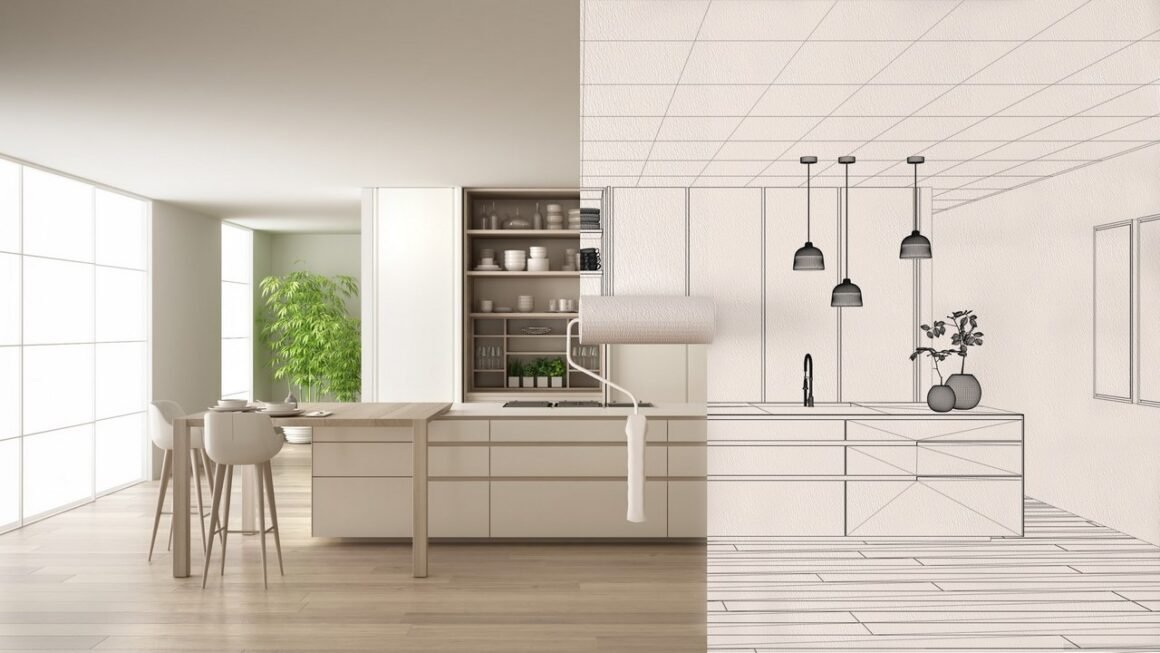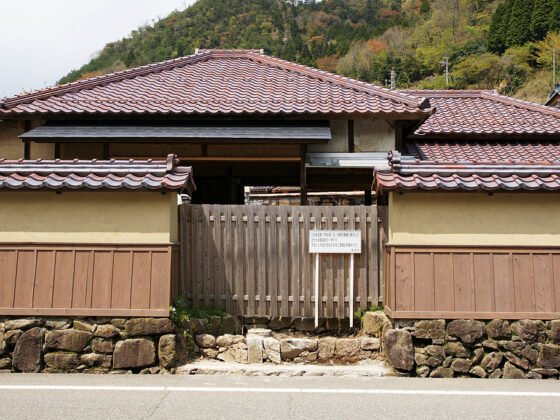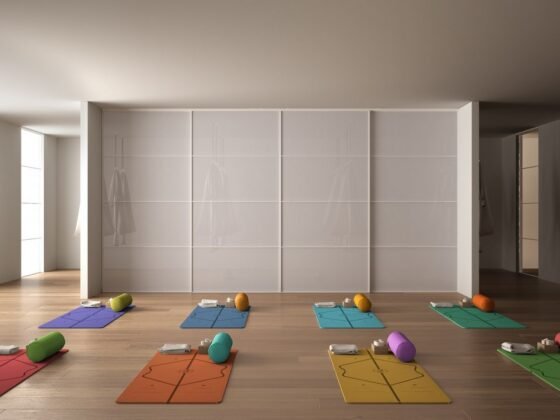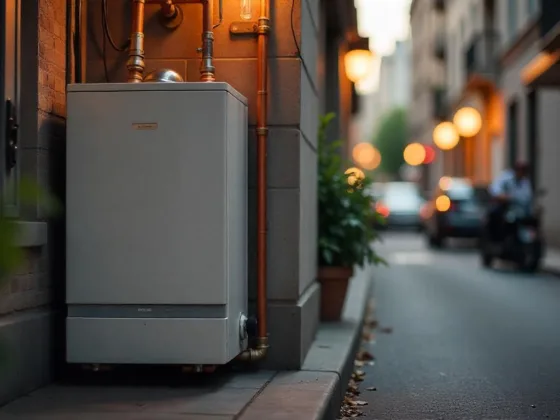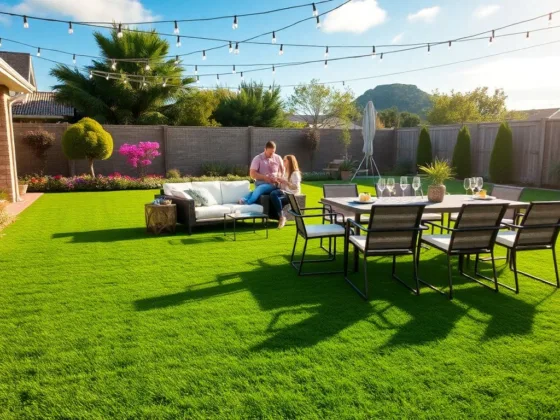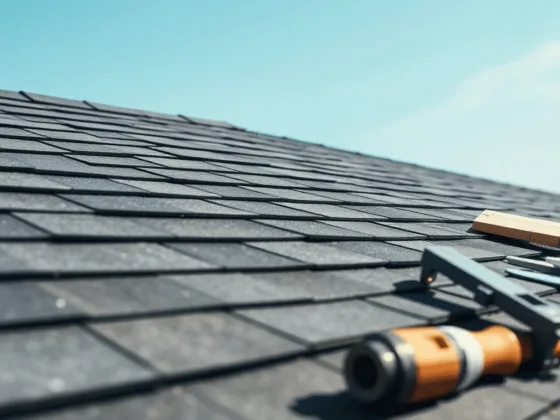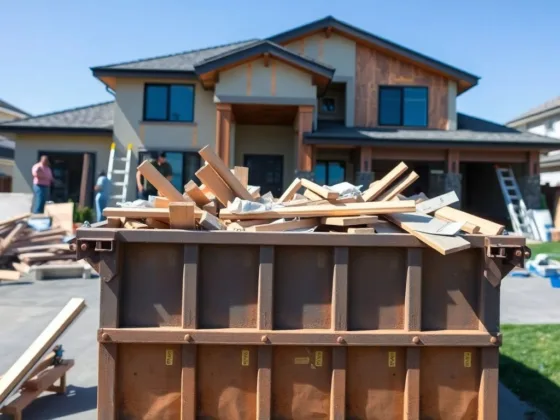Table of Contents Show
Interior design is a popular subject among homeowners. It’s right up there with having high-quality homeowners insurance, curb appeal, and a nice lawn.
Numerous television shows, Internet channels, and online blogs are dedicated to the subject.

Books like Home Decorating for Dummies and The Fundamentals of Interior Design aptly take an in-depth approach to cover the subject.
What few of these books clue you in on, however, is how to decorate sustainably.
Much like you would use a compost heap outside to recycle and reuse things, using sustainable materials to decorate the inside of your home is a way to help the environment while classing up the place. Here are five tips for sustainable interior design.
Light Up the Room With LED
There was a time when light bulbs did not last very long, nor did they shine as brightly as they do today.
No, we’re not talking about the ancient past or the Halcyon Days of walking 90 miles uphill to school each morning. We’re talking about incandescent bulbs, which aren’t nearly as efficient as LEDs.
LED lights, short for light-emitting diodes, are brightly lit and long-lasting light bulbs. According to the Department of Energy, LED lights use 75% less energy than other bulbs and can last 25 times longer.
They also diffuse light in a different way and point it in a completely different direction than other types of lights, negating the need for additional or extraneous parts in the bulb design.
These long-lasting bulbs also don’t put out much heat, so there’s less energy consumption and potential danger. For all, LED lights can save you money and provide a sustainable way to light up the rooms in your home.
Read Also:
Recycle Your Couch
It’s probably served you well for many, many years. But now the old couch is missing some stuffing, the cushions are falling apart, and maybe it’s seen the business and of some cat claws once in a while.
Perhaps it’s just starting to show its age or is lumpy and uncomfortable. Regardless, it’s time to get a new couch.
But when you replace the couch, have you considered recycling bits and pieces of your old couch to repurpose as other types of furniture? Sometimes, you can give it a good steam cleaning and reupholster it to create an entirely new piece of furniture.
Other times, you can take bits of the couch and use them to create creative furniture ideas for your home.
Either way, you’re sustainably reusing something instead of throwing it away and letting it rot in some landfill. Recycling an old sofa is always better for the environment than merely throwing it away
Add an Organic Mattress
Sleep is an important part of our everyday lives. Everyone needs to catch their 40 winks right? Ideally, sleep should be a comfortable and rewarding experience on a mattress that’s not bad for the environment.
Consider this: most modern mattresses are made of materials that are not really sustainable or eco-friendly. Moreover, they often have flame retardants that are a lot more dangerous because of the chemicals.
Using A sustainable organic mattress instead will be better for the environment and your sleep. Organic mattresses are often made of GOTS-certified materials such as cotton, latex, or a hybrid blend.
Vegan options (not using any material from animals, such as goat hair) are also something organic mattresses can offer. They are sustainable, eco-friendly, and recyclable.
But above all, they’re comfortable. They offer more comfort and support than traditional polyurethane foam mattresses, don’t release VOCs, and offer a better night’s sleep.
Use Organic Linens
Everybody has to wash up sometimes. Linens should be comfortable, reusable, and sustainable.
So why not use GOTS-certified organic materials in your linens? They are usually pesticide-free, don’t contain VOCs, don’t contain formaldehyde, and are hypoallergenic.
From pillowcases and sheets to the towels you clean up with, going organic is just better.
Organic cotton is especially sustainable and comfortable, using far less water and energy to produce than its non-organic counterpart.
Furnish With Low VOC Products
MSG. CFC. VOC. All of these are terrifying three-letter acronyms we often see mentioned in the news. VOCs, otherwise known as volatile organic compounds, VOCs are compounds that release from furniture during a process called “off-gassing”.
This process is what happens with any manufactured material that accounts for its smell. It’s much more complex than that, but rest assured the fewer VOCs you have in your furniture, the better.
For the best in sustainability, get yourself some VOC-free furniture for your home.
There are quite a few non-toxic, sustainable brands out there so do a little bit of research to find what’s compatible with your home styling and needs.
At the end of the day, you want to ensure that your home is safe, sustainable, and looking good for you, your guests, and your family.
